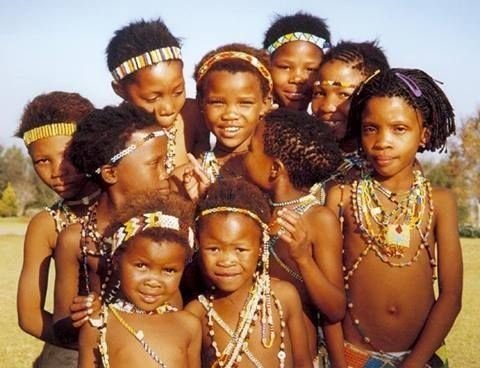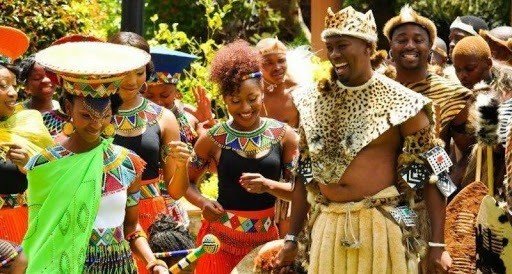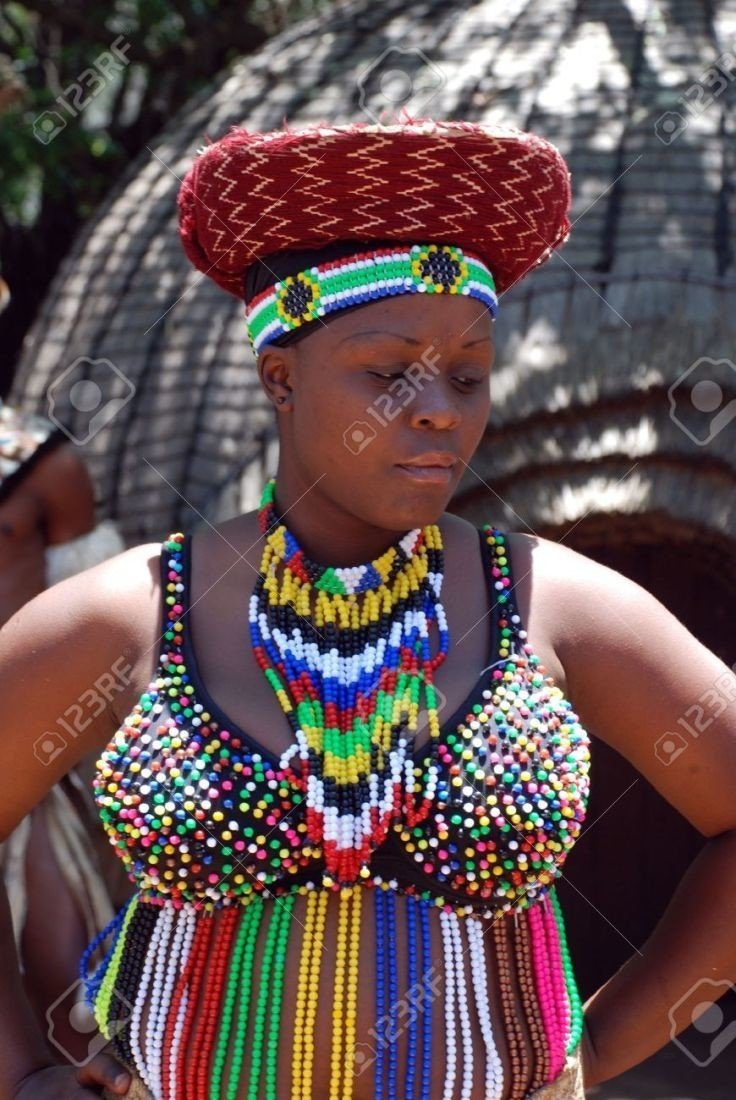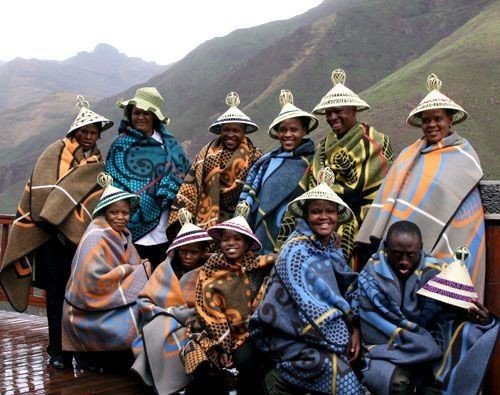
SOUTH AFRICAN CULTURE:
The culture of South Africa is one with the most differences in the world, depending on where you go. The country also has eleven official languages and others recognized languages, and each group has its own culture. The majority of the South Africans still live in the rural areas where there are still cultural traditions. However, urbanization and new technology around the country have unfortunately made it possible for the traditional cultures to slowly disappear. English and other foreign languages are replacing the native languages.
South African culture is a collection of cultures with different cultures being more followed in different regions. Some of the most famous cultures of South Africa are the Khoikhoi and San culture, Zulu, Ndebele, Xhosa, and Sotho cultures. These cultures mix beautifully to give the country its own identity.
LANGUAGES:
The population of South Africa is made of people from different backgrounds, speaking different languages. Eleven languages are considered the country’s official languages. The first official languages were English and Dutch. The majority of South Africans can speak more than one language. The language spoken by the majority of the native South Africans is Zulu, spoken by 23% of the people, but there is also Xhosa and Afrikaans at 16% and 14%. Zulu is understood by 50% of the total population. The Zulu language became an official language in 1994. The Xhosa language is spoken by 8 million people as the first language and 11 million as a second language. The majority of Xhosa speakers live in Eastern Cape Province. Afrikaans comes from the Dutch language and has adopted some words from other languages like German and Khoisan. English is the most popular second language of the South Africans and the most spoken language in the country.
TRADITIONS:
South African tradition is a mix of different traditions and cultures practiced by different ethnic groups in the country.
Khoikhoi and San:
Khoikhoi and San were the original people living in South Africa. The KhoiSan were known as the “Bushmen” and were hunters and trackers. They are mostly nomads who live in desert regions of South Africa.

Zulus:
The Zulus are known for their warriors under the leadership of Shaka. They are also famous for their beadworks, grass huts, and basketry. The Zulu people believe in ancestral spirits that appear in dreams and a supreme being who is not really connected to the activities of the mortals. Use of magic is common for the Zulus and any tragedy or illness comes from the evil spirit.

Xhosa
Xhosa culture is popular for the clothes that show a person’s social status, position in the society, and if they are married or not. They also have a strong oral tradition with stories of ancestral heroes. People will pray to the dead a lot and young men have to do a rite of passage. Stick fighting is a common sport for the Xhosa’s young men taking care of the cattle. Women usually check the crops and look after the home.

Ndebele
Ndebele are known for the skilled women who decorate their houses in beautiful designs. The skills are passed on from mothers to daughters. The shapes used in the decoration are inspired by their fashioned beadwork. Ndebele women are not like other South African women because they wear neck rings and traditional blankets.

Sotho
The culture of the Sotho people is different from those of the Ndebele, Xhosa, and Zulus, especially on how they organize their villages. The Sotho homes are divided into villages. The villages are organized into age-sets. Each of the age-set is given a specific responsibility and the age-set graduate from one responsibility to another. They also allow their sons to marry from their family, especially from the mother’s side. Their traditional art is pottery making, beadwork (putting little pearls together), decoration of houses, and weaving.

Venda
The Venda culture and tradition is built on mythical beliefs and water. They believe that lakes and rivers are sacred/holy and that rains are controlled by Python god. Lake Fundudzi is one of the sacred places for the Venda and there, they will have annual rites. Traditional healers known as Sangoma are believed to be able to communicate to the spirits and ancestors. Venda’s art has also been influenced by the belief in the spirit world. Cattle are considered a sign of wealth and agriculture is the main economic activity.

MODERN TRADITIONS:
The younger generation from each culture goes to the city looking for a better life. However, in the city, they abandon their traditions and culture for the western culture and lifestyle. Over time, a unique culture that puts together the western culture and the traditional cultures have been developed.
FOOD:
South African food is a mix of African, European, Indian, and Malay influences. What brings everyone together is the braai, that is similar to barbeque. What is different about braai is that people usually only do it on open wood fires, feeling that it is more authentic. It is an important event, where South Africans come together to talk while the meat, usually lamb or beef, is cooking on the fire. On these occasions people take the opportunity to enjoy some wine, beer or the South African cream liqueur Amarula. Another important food in the country is pap, the Afrikaans word for porridge, which is made from ground maize and has a thick consistency. It can be enjoyed at breakfast or as a side/main dish with chakalaka (spicy vegetable relish). A sticky sweet that is well known in the country is koeksisters. It is fried dough, made into knots, which are put in a cold syrup that makes it very gluey. Also in the sweet category there is the melktert, that is a tart that has a light crust with a custard filling.

